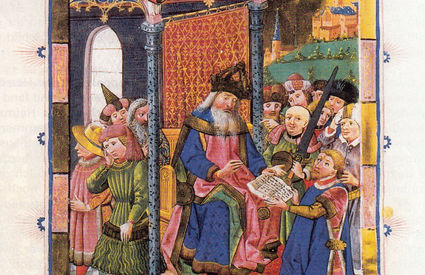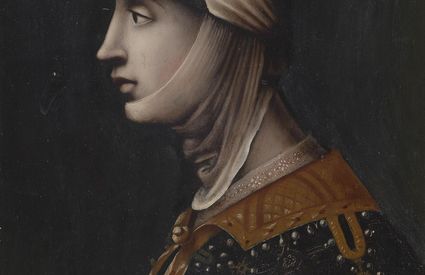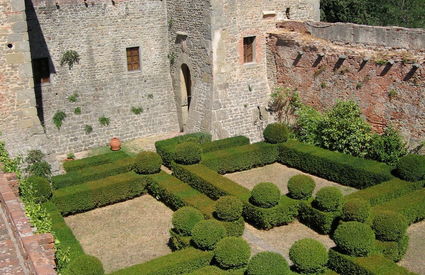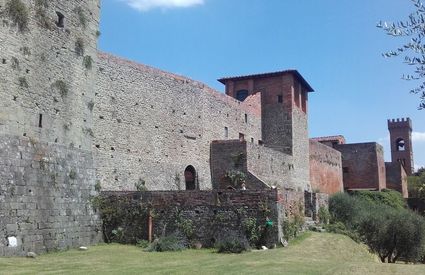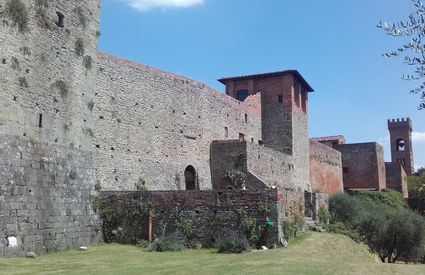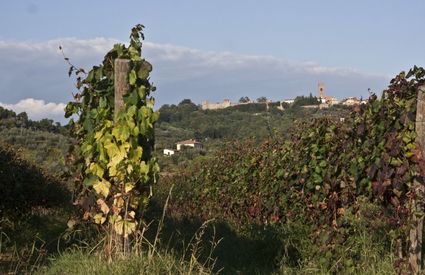Montecarlo
The vanished village and the emperor
From the ashes of Vivinaia, destroyed in war with the Florentines, came Montecarlo and its castle
The vanished village and the emperor
From the ashes of Vivinaia, destroyed in war with the Florentines, came Montecarlo and its castle
The destruction of Vivinaia
When prince Charles arrived in that proud plain uniting the Lucchesia to the Valdinievole for the first time, Vivinaia was already nonexistent. The village, set in a near-sea of olive groves and vineyard vines and surrounded by oak tree and chestnut woods, was previously the residence of Matilda of Tuscany, and then the general headquarters of Castruccio Castracani, nobleman of Lucca, before it was destroyed on February 25, 1331 by the Florentines. The lily city’s troops had been forced to abandon the siege of Lucca after King John of Bohemia had sent his men to defend the city, and they took their revenge against Vivinaia: the retreating soldiers demolished the walls and burned houses, forcing the peaceful village civilians to escape—civilians who were producers of one of the finest wines in Tuscany, renowned since Roman times.
The birth of Montecarlo
The Vivinaia residents, stuck without anywhere to go, took refuge on the hilltop above their old town, in the Rocca del Cerruglio, a centuries-old fortress encircled by a Turkey oak tree forest. It’s here that prince Charles of Luxembourg found them when, in 1332, he arrived in Lucca, sent by his father, King John, as vicar of the city. Charles decided to rebuild the town, and it was named in his honor—Mons Charoli, monte di carlo (“Charles’ mountain”) and is today known as Montecarlo.
The emperor and the village
The prince went on to become emperor of the Holy Roman Empire under the name Charles IV, but he wouldn’t forget the town that carried his name, a town where you can taste a wine with few, if any, equals: Charles would return often to Montecarlo, and he would worry personally about the village fortification. It was Charles who arranged the construction of the imposing town wall, designed to be more durable and difficult to conquer than that of Vivinaia. According to his instructions, the Rocca del Cerruglio was absorbed into the new construction and the profile of Montecarlo—albeit modified later under the authority of Paolo Guinigi and then Cosimo I de’ Medici—is still today the same one that he designed.


